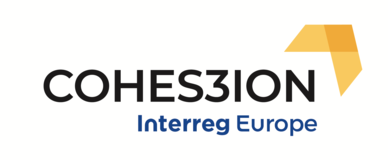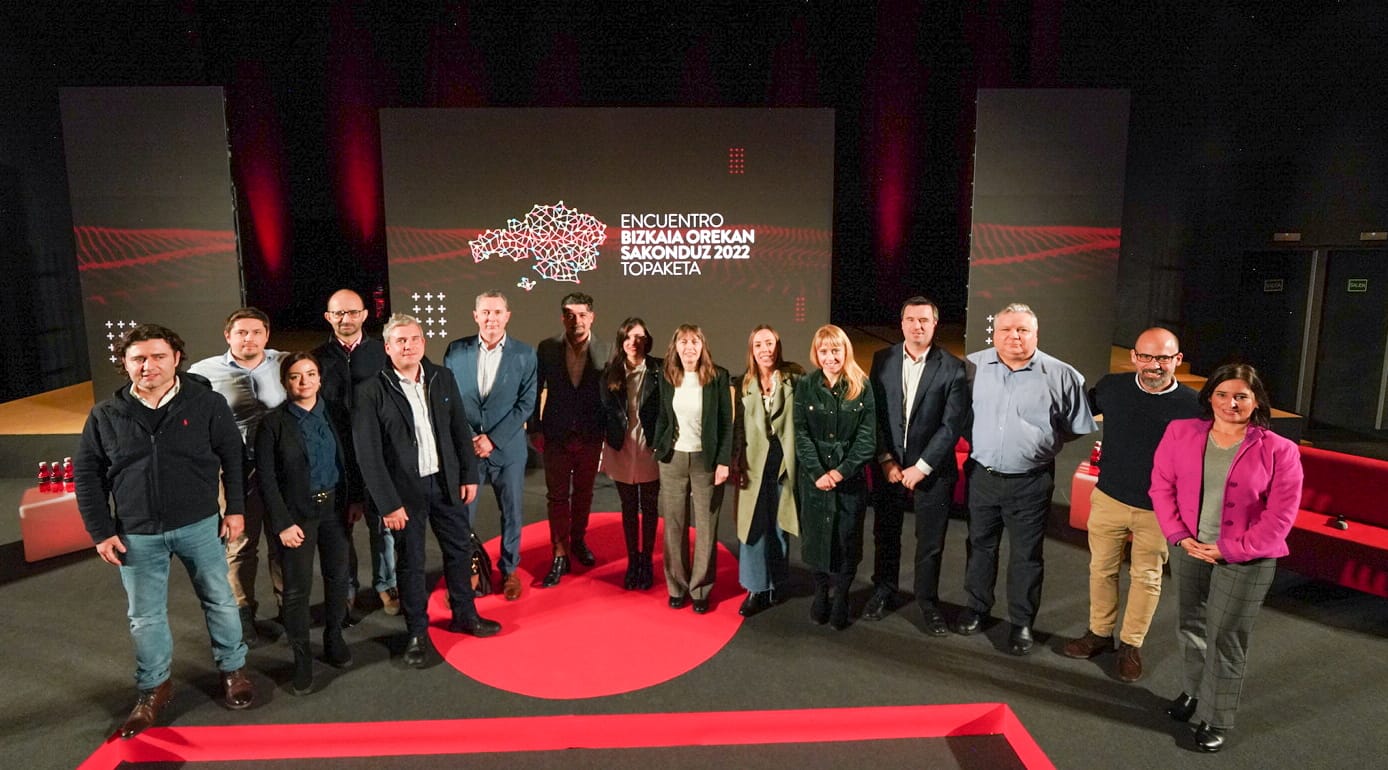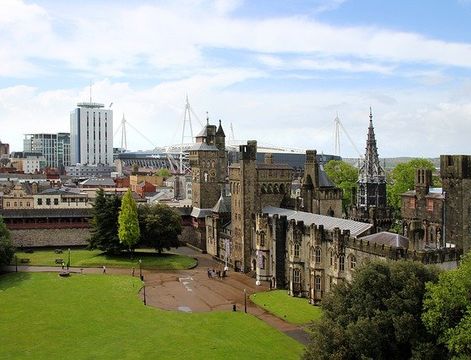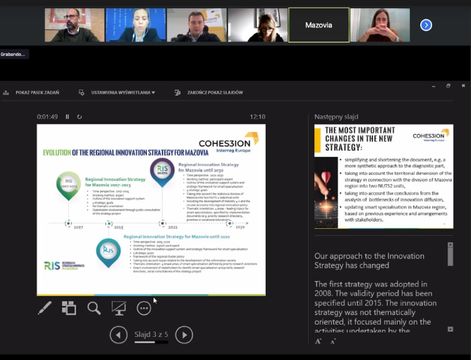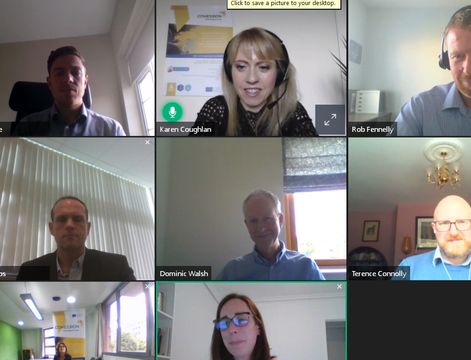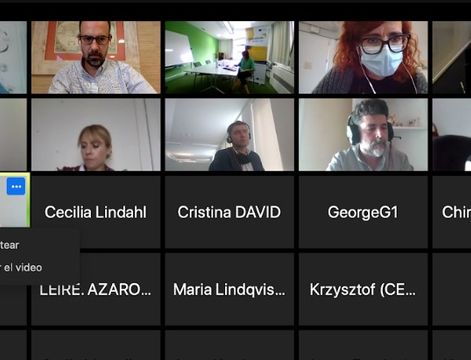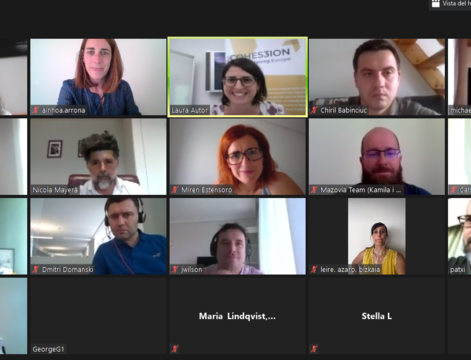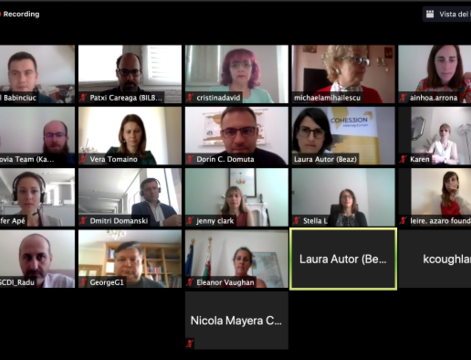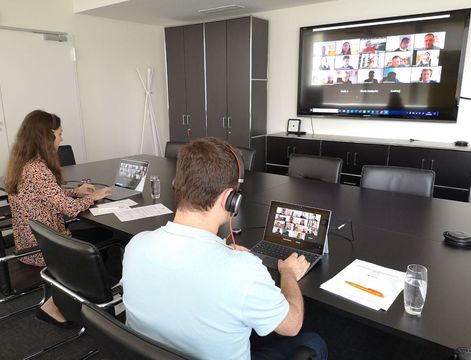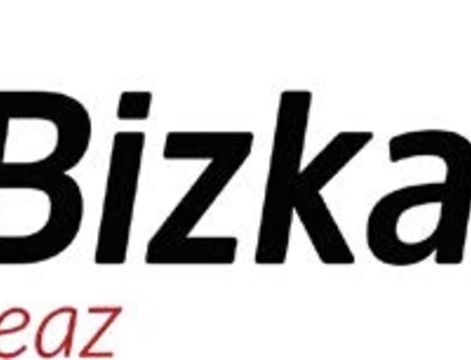Regional complexity and strategic development initiatives in Stockholm County
Stockholm County is one of six counties in the greater region around lake Mälaren in mid-eastern Sweden. It is the capital region of Sweden, with about 2,4 million inhabitants. The population, which is rapidly growing, is younger and more well-educated than the national average. The county is made up by 26 municipalities of different size and population, with large variations in terms of level of education, income and geography. To meet the challenges of a growing region and secure a more dispersed regional growth in a polycentric region the Regional Development Strategy (RUFS 2050) has identified eight regional cores as complement to the municipalities and the central core. During the digital field visit, the ambition of developing regional cores and their surrounding areas was presented by Cecilia Lindahl, Region Stockholm.
As an example of interregional collaboration, Elisabeth Sjögren from Stockholm Business Region, the development agency of Stockholm municipality, presented Stockholm Business Alliance (SBA). The alliance was initiated in 2006 and has expanded over time. Today, SBA has 11 employees, an annual turnover around 2 millions euros and 56 municipalities in 7 counties as partners, paying an annual fee depending on size. The focus areas are attracting inward investment in prioritized sectors, e.g. ICT, life science, cleantech, advanced manufacturing and automation, international marketing and measuring/ranking municipal services to local firms (Consumer Satisfaction Index).
According to EU: s Regional Innovation Scoreboard, Stockholm is ranked as one of the European innovation leaders . The business structure of Stockholm county is dominated by the services sector, but the region is also the second largest manufacturing region in Sweden, with more than 25% of national exports. However, there are still important challenges related to commercialization and business growth, a need for a more coordinated innovation support system and environmental issues in the urban areas. To address these challenges, analysis and regional dialogues were used to identify four prioritized areas for smart specialization which have been presented in the draft version of the Business and Growth Strategy of Stockholm region during 2020.
• Life science sector
• ICT, tech and digitalization as key enabling technologies (KET)
• Sustainable manufacturing
• Green and climate smart urban development
Each of these priorities has its own functional geography. During the field visit, Robert Kingfors presented the development of Södertälje Science Park and their ambition to become a national center for sustainable manufacturing. The science park was inaugurated in 2018 and is based on close collaboration between two large manufacturing companies - Astra Zeneca (pharmaceuticals) and Scania (heavy vehicles), KTH Royal Institute of Technology and Södertälje municipality. During the establishment phase 2012-2018, national and regional support was provided and over time, an increased collaboration with actors in other parts of the greater Stockholm region has evolved. Today, the science park offers a broad range of activities, including production support for small and medium-sized firms (Production Angles), digital matchmaking between start-ups and manufacturing firms and Södertälje Science week, a broad event on sustainable development stimulating meetings e.g. between students, entrepreneurs, companies, organizations and citizens.
